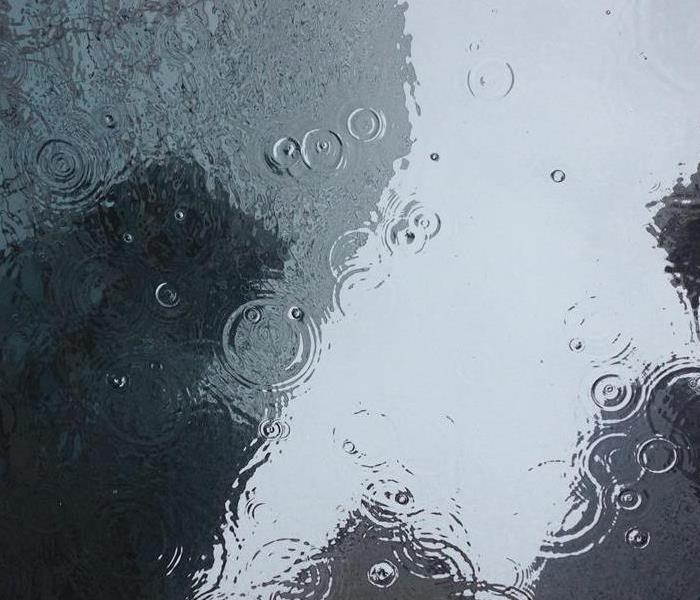The Essential Guide to Water Mitigation: Protecting Your Home and Health
10/12/2023 (Permalink)
Water is an essential element of life, but when it infiltrates your home or property, it can quickly turn into a destructive force. Water damage can occur due to various reasons, including floods, storms, burst pipes, leaking roofs, or even a simple plumbing mishap. In such situations, water mitigation becomes crucial to minimize the damage and prevent long-term consequences.
What is Water Mitigation?
Water mitigation refers to the process of reducing or preventing the damage caused by water in residential or commercial properties. It involves a series of steps aimed at eliminating, reducing, or preventing the harmful effects of water intrusion. The goal is to restore the affected area to its preloss condition as much as possible.
The Importance of Water Mitigation:
Preventing Health Hazards: Stagnant water can become a breeding ground for mold, bacteria, and other harmful microorganisms. Water mitigation helps in preventing the growth of these health hazards, ensuring the safety and well-being of your family.
Preserving Property: Water damage can lead to structural problems, weakening the foundation of your home and causing long-term damage. Timely water mitigation can prevent such issues, saving you from costly repairs down the line.
Saving Valuables: Water can destroy valuable possessions, such as electronics, furniture, and family heirlooms. Mitigation efforts can help salvage as many items as possible.
Water Mitigation Process:
Assessment: The first step in water mitigation is to assess the extent of the damage. Professionals use specialized equipment to determine the source of the water and the affected areas.
Water Removal: The next step involves removing the excess water using pumps, vacuums, and other tools. Quick action is crucial to prevent further damage.
Drying and Dehumidification: Once the standing water is removed, the drying process begins. Dehumidifiers and industrial fans are used to eliminate moisture from the affected areas, preventing mold growth.
Cleaning and Sanitization: Surfaces and items exposed to water are thoroughly cleaned and sanitized to eliminate potential health hazards.
Restoration: After the affected area is thoroughly dried and cleaned, the final step is restoration. This can involve repairing damaged structures, replacing materials, and ensuring that your property is returned to its preloss condition.
DIY vs. Professional Water Mitigation:
While minor water spills or leaks can often be managed by homeowners, significant water damage requires professional assistance. Professional water mitigation services have the expertise, experience, and equipment needed to handle large-scale water damage effectively. They can also prevent secondary damage, such as mold growth, which is often a hidden threat.
Conclusion:
Water mitigation is a crucial process for safeguarding your property and health when faced with water damage. Whether it's due to natural disasters or household accidents, quick and efficient mitigation can make all the difference. By understanding the importance of water mitigation and when to seek professional assistance, you can protect your home and loved ones from the devastating effects of water damage.






 24/7 Emergency Service
24/7 Emergency Service
